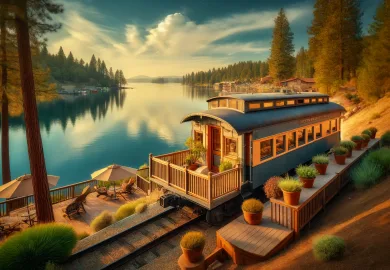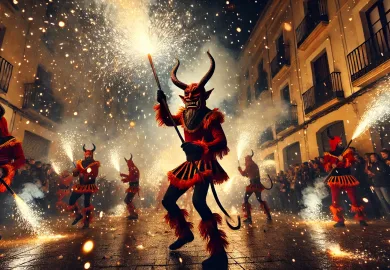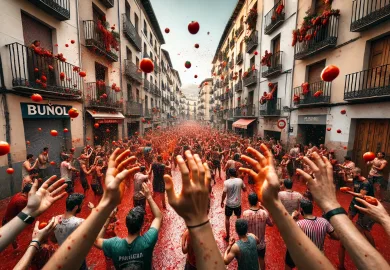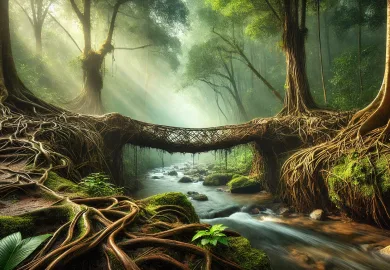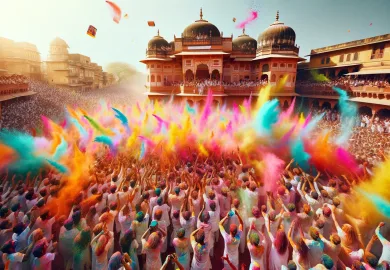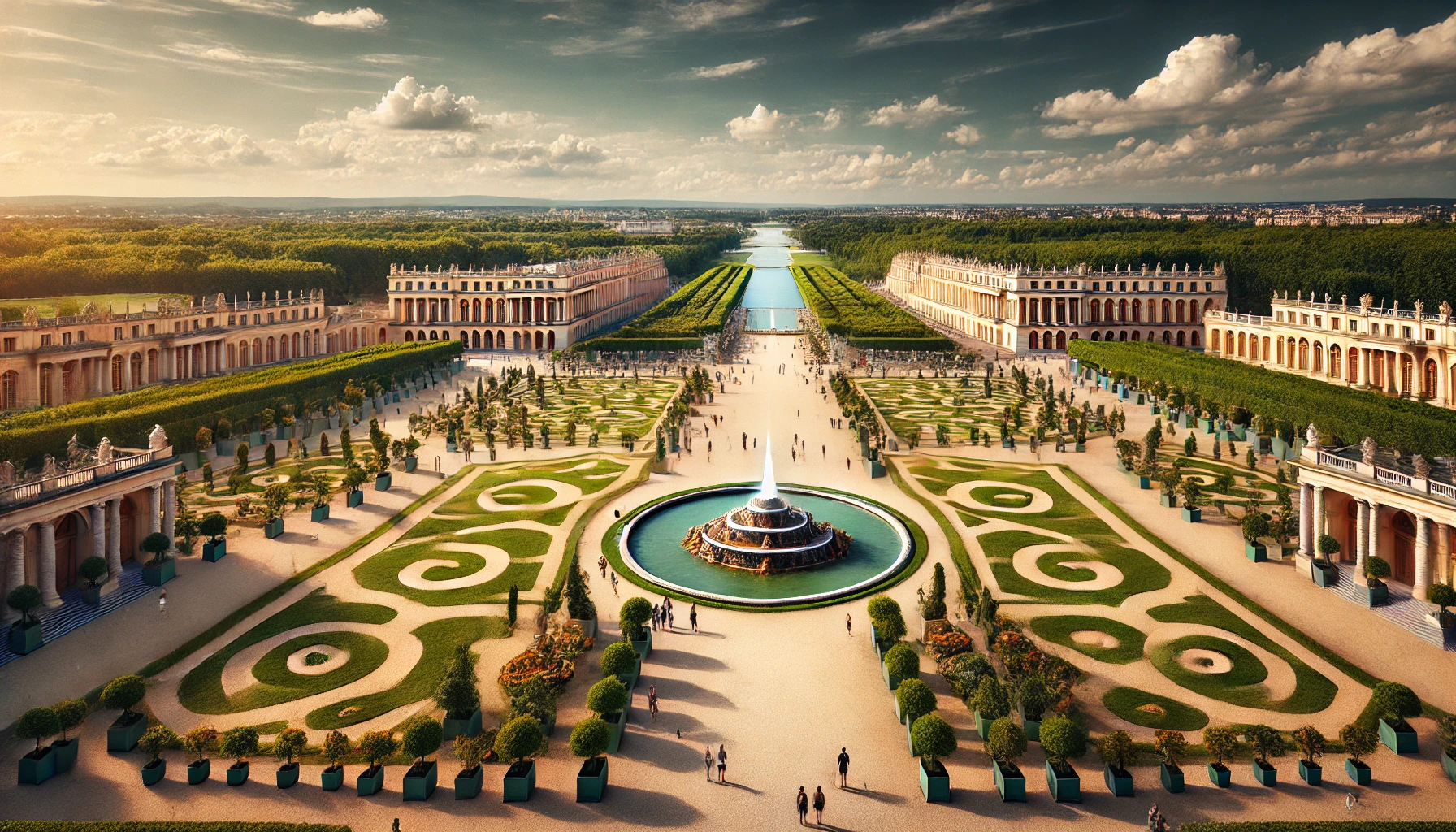
The Palace of Versailles and its surrounding Palace Park is one of the most iconic and significant historical sites in the world. Located just outside Paris, France, this vast estate stands as a symbol of royal extravagance, meticulous design, and architectural prowess. Originally built by King Louis XIII as a hunting lodge, it was his son, Louis XIV, who transformed Versailles into the sprawling palace and park that is admired today. The history of Versailles is not only a testament to the grandeur of French royalty but also an exquisite illustration of classical French garden design, thanks to the genius of André Le Nôtre. In this article, we explore the unparalleled beauty and history of the Palace Park of Versailles, a destination that continues to captivate millions of visitors annually.
The Historical Significance of the Palace Park of Versailles
The Palace Park of Versailles played an essential role in showcasing the power and wealth of the French monarchy. The grand scale of the palace and its gardens were deliberate efforts by King Louis XIV, known as the Sun King, to create a central hub of royal authority and influence.
Versailles became the royal residence and the epicenter of political power in 1682 when Louis XIV moved his court and government from Paris to the palace. The gardens of Versailles were designed to symbolize his absolute power and control over nature, reflecting the ideal of harmony and order. Every element of the garden—from its tree-lined avenues to its grand fountains and statues—was carefully crafted to display the king’s majesty.
The park’s significance extended beyond aesthetics. It also hosted numerous important events, including royal weddings, diplomatic meetings, and the signing of treaties. The Treaty of Versailles, one of the most significant peace treaties in history, was signed in the Hall of Mirrors within the palace in 1919, marking the end of World War I.
The Grand Gardens of Versailles: A Masterpiece of Landscape Design
One of the most striking features of the Palace Park of Versailles is its gardens, designed by the renowned landscape architect André Le Nôtre. These gardens, stretching over 800 hectares, are considered one of the greatest achievements in landscape design.
Le Nôtre’s genius lay in his ability to combine the natural landscape with geometric precision, creating a sense of order and symmetry. He incorporated vast lawns, ornate flowerbeds, grand water features, and meticulously sculpted trees, all arranged around the central axis of the Grand Canal. This canal, an impressive waterway that extends over 1.6 kilometers, provided a stunning reflective surface for the palace and the gardens, enhancing their grandeur.
The gardens are also home to numerous fountains, which play a significant role in the overall design. The Latona Fountain, Apollo Fountain, and Neptune Fountain are some of the most famous, with their intricate designs and mythological themes adding to the overall sense of opulence. Each fountain was carefully placed to align with the palace’s architecture, reflecting the balance between human ingenuity and the forces of nature. Today, visitors can still enjoy the famous musical fountain shows, where the fountains spring to life, accompanied by classical music.
Key Architectural Features of the Palace Park
While the gardens are the main attraction, the Palace Park of Versailles is also home to several key architectural features that add to its allure. The Orangerie, designed by architect Jules Hardouin-Mansart, is one of the most impressive structures within the park. Built to house orange trees and other delicate plants during the winter months, the Orangerie is an architectural marvel in its own right. Its vast gallery, large windows, and grand staircase make it a must-see for visitors.
Another prominent feature is the Grand Trianon, a smaller palace located within the park. Originally built as a retreat for Louis XIV and his family, the Grand Trianon is a masterpiece of Baroque architecture. Its elegant design, characterized by pink marble columns and large arcades, offers a stark contrast to the grandeur of the main palace, providing a more intimate space for the royal family.
The Petit Trianon, located nearby, was built for Marie Antoinette as a private residence where she could escape the formalities of court life. The Petit Trianon is a prime example of Neoclassical architecture, and its surrounding English-style gardens offer a more natural and relaxed atmosphere compared to the strict formality of Le Nôtre’s design.
The Legacy of the Palace Park of Versailles
The Palace Park of Versailles remains one of the most visited historical sites in the world, attracting millions of visitors annually. Its legacy, however, extends beyond its role as a tourist attraction. The design and construction of the park and gardens had a profound influence on landscape architecture throughout Europe and beyond. Many other royal residences, including Schönbrunn Palace in Vienna and Peterhof Palace in Russia, were inspired by the grandeur and style of Versailles.
Moreover, the park’s significance as a symbol of royal power and absolutism has left a lasting impact on French history. After the French Revolution, Versailles was no longer the seat of political power, but its history remains intertwined with the rise and fall of the French monarchy. The gardens, in particular, continue to be seen as a reflection of the opulence and excess that eventually led to the downfall of the French royal family.
Today, the Palace Park of Versailles is not only a UNESCO World Heritage Site but also a symbol of the enduring legacy of French culture, art, and history. Its carefully preserved gardens and architecture provide visitors with a unique opportunity to step back in time and experience the splendor of the French court.
Planning Your Visit to the Palace Park of Versailles
Visiting the Palace Park of Versailles is a truly unforgettable experience, offering a glimpse into the rich history and cultural significance of France. When planning your visit, it is important to allocate enough time to explore both the palace and the expansive gardens. Many visitors opt for a full day at Versailles, as there is so much to see and experience.
The gardens of Versailles are open year-round, and entrance to the gardens is free on most days, though a small fee is required on days when the musical fountain shows are scheduled. Be sure to check the schedule of these shows in advance, as they are a highlight of any visit.
For those looking to delve deeper into the history of the site, guided tours are available that provide insight into the history and design of the gardens, as well as access to areas that are not open to the general public. Additionally, visitors can rent bikes or take a boat ride on the Grand Canal to fully appreciate the scale and beauty of the estate.
The Palace Park of Versailles is more than just a garden—it is a living testament to the grandeur and ambition of French royalty, and a must-visit destination for anyone interested in history, architecture, and landscape design.


